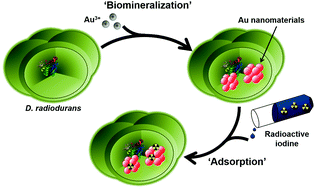Molecular repertoire of Deinococcus radiodurans after 1 year of
Por um escritor misterioso
Last updated 16 junho 2024

Background The extraordinarily resistant bacterium Deinococcus radiodurans withstands harsh environmental conditions present in outer space. Deinococcus radiodurans was exposed for 1 year outside the International Space Station within Tanpopo orbital mission to investigate microbial survival and space travel. In addition, a ground-based simulation experiment with conditions, mirroring those from low Earth orbit, was performed. Methods We monitored Deinococcus radiodurans cells during early stage of recovery after low Earth orbit exposure using electron microscopy tools. Furthermore, proteomic, transcriptomic and metabolomic analyses were performed to identify molecular mechanisms responsible for the survival of Deinococcus radiodurans in low Earth orbit. Results D. radiodurans cells exposed to low Earth orbit conditions do not exhibit any morphological damage. However, an accumulation of numerous outer-membrane-associated vesicles was observed. On levels of proteins and transcripts, a multi-faceted response was detected to alleviate cell stress. The UvrABC endonuclease excision repair mechanism was triggered to cope with DNA damage. Defense against reactive oxygen species is mirrored by the increased abundance of catalases and is accompanied by the increased abundance of putrescine, which works as reactive oxygen species scavenging molecule. In addition, several proteins and mRNAs, responsible for regulatory and transporting functions showed increased abundances. The decrease in primary metabolites indicates alternations in the energy status, which is needed to repair damaged molecules. Conclusion Low Earth orbit induced molecular rearrangements trigger multiple components of metabolic stress response and regulatory networks in exposed microbial cells. Presented results show that the non-sporulating bacterium Deinococcus radiodurans survived long-term low Earth orbit exposure if wavelength below 200 nm are not present, which mirrors the UV spectrum of Mars, where CO2 effectively provides a shield below 190 nm. These results should be considered in the context of planetary protection concerns and the development of new sterilization techniques for future space missions. Video Abstract

Molecular repertoire of Deinococcus radiodurans after 1 year of exposure outside the International Space Station within the Tanpopo mission, Microbiome

The scientific revolution that unraveled the astonishing DNA repair capacity of the Deinococcaceae: 40 years on

An in vivo Interaction Network of DNA-Repair Proteins: A Snapshot at Double Strand Break Repair in Deinococcus radiodurans
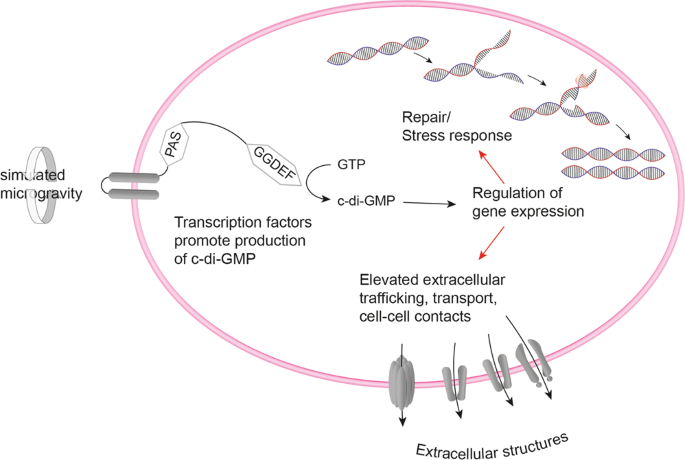
Molecular response of Deinococcus radiodurans to simulated microgravity explored by proteometabolomic approach

Oxidative Stress Resistance in Deinococcus radiodurans

PDF] Proteometabolomic response of Deinococcus radiodurans exposed to UVC and vacuum conditions: Initial studies prior to the Tanpopo space mission

PDF) Conjugation-based genome engineering in Deinococcus radiodurans
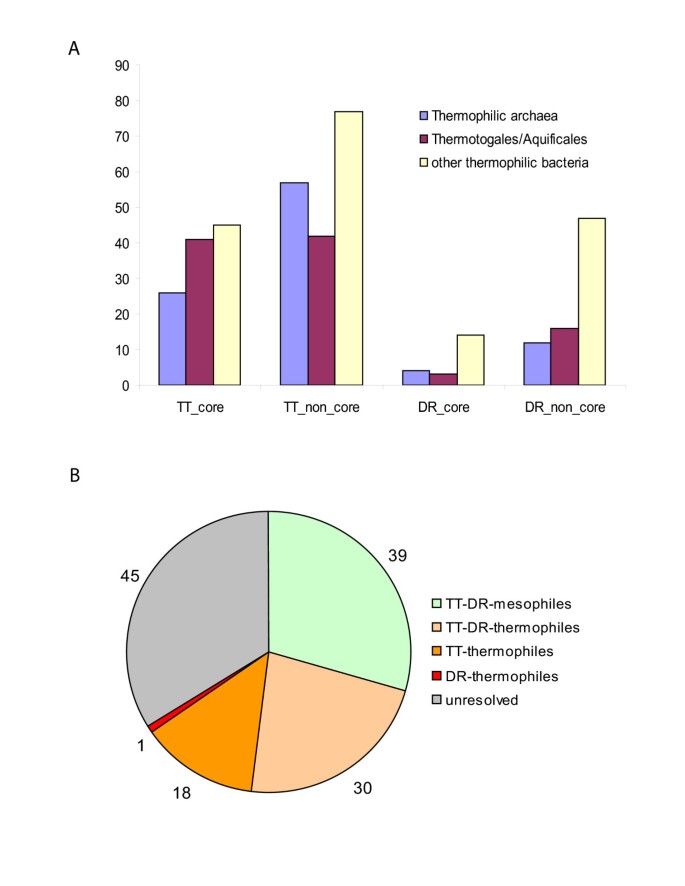
Comparative genomics of Thermus thermophilus and Deinococcus radiodurans: divergent routes of adaptation to thermophily and radiation resistance, BMC Ecology and Evolution
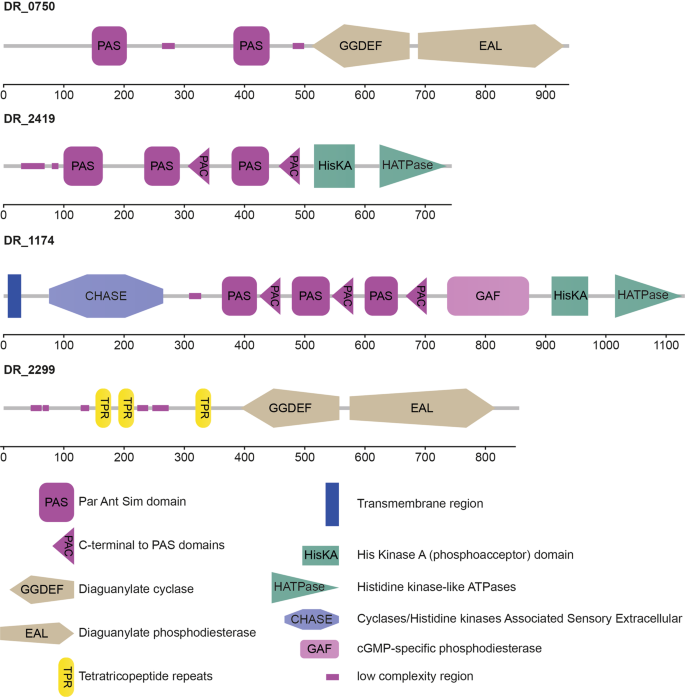
Molecular response of Deinococcus radiodurans to simulated microgravity explored by proteometabolomic approach

A Decade of Biochemical and Structural Studies of the DNA Repair Machinery of Deinococcus radiodurans: Major Findings, Functional and Mechanistic Insight and Challenges - ScienceDirect

Oxidative Stress Resistance in Deinococcus radiodurans

PDF] Proteometabolomic response of Deinococcus radiodurans exposed to UVC and vacuum conditions: Initial studies prior to the Tanpopo space mission
Recomendado para você
-
Efficient bioremediation of radioactive iodine using biogenic gold16 junho 2024
-
 11. Deinococcus radiodurans, magnified 60,000 times. (Image taken16 junho 2024
11. Deinococcus radiodurans, magnified 60,000 times. (Image taken16 junho 2024 -
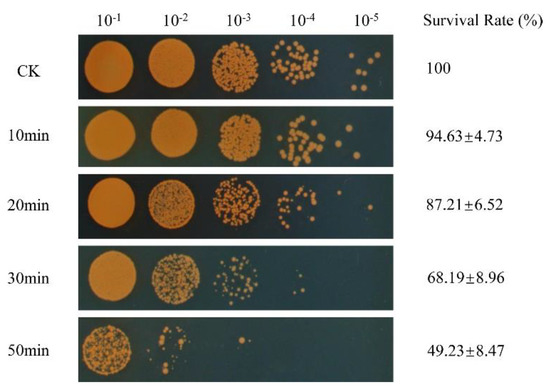 Microorganisms, Free Full-Text16 junho 2024
Microorganisms, Free Full-Text16 junho 2024 -
Thin section electron micrograph of (a) D. radiodurans R1 tetrad16 junho 2024
-
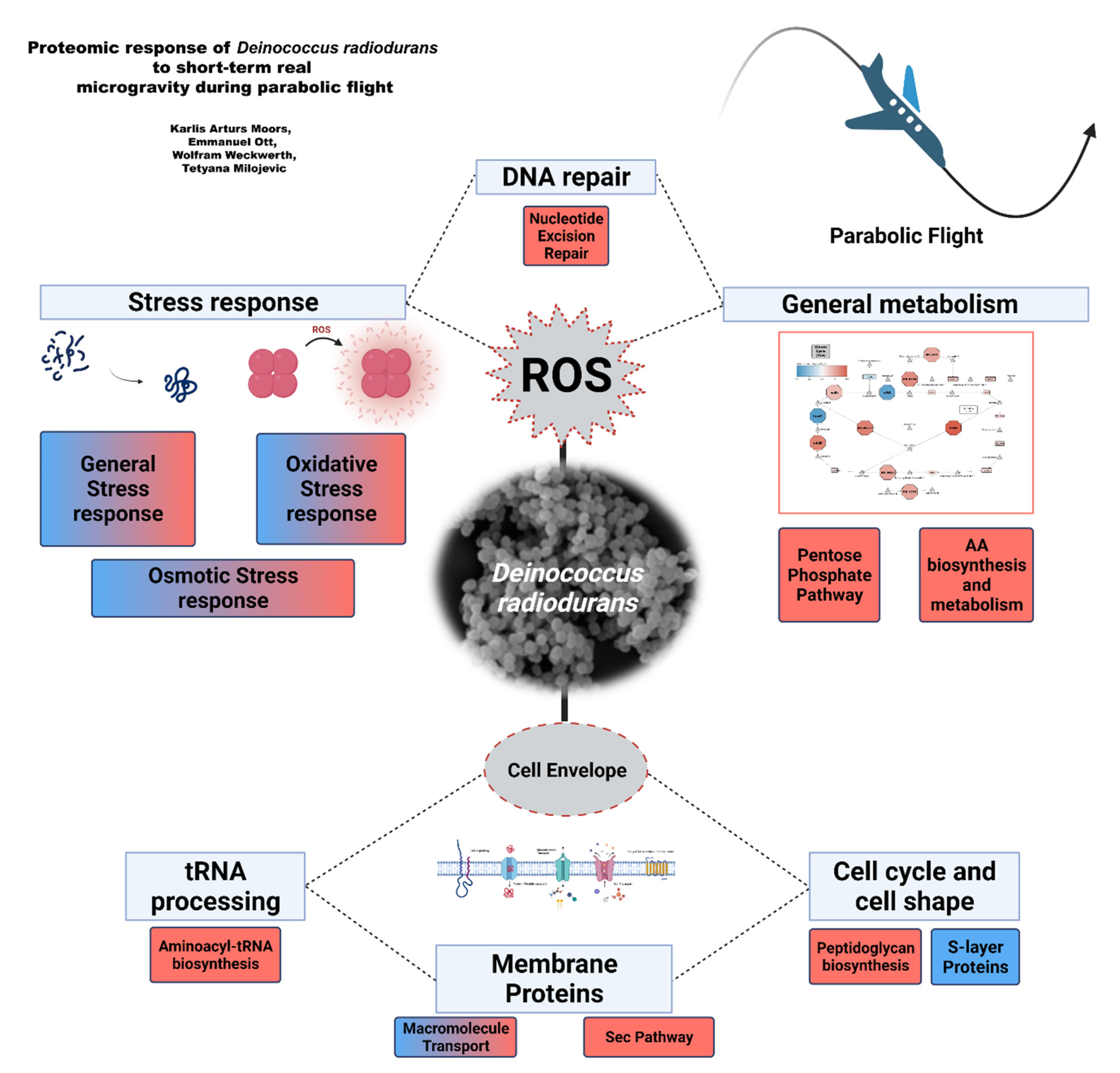 Life, Free Full-Text16 junho 2024
Life, Free Full-Text16 junho 2024 -
 New features of the cell wall of the radio-resistant bacterium16 junho 2024
New features of the cell wall of the radio-resistant bacterium16 junho 2024 -
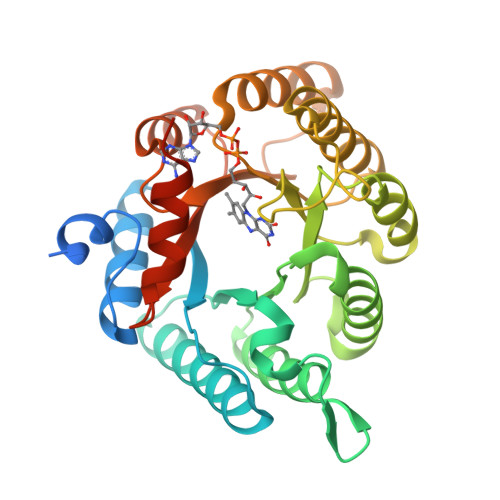 RCSB PDB - 4H6R: Structure of reduced Deinococcus radiodurans16 junho 2024
RCSB PDB - 4H6R: Structure of reduced Deinococcus radiodurans16 junho 2024 -
 The radioresistant and survival mechanisms of Deinococcus16 junho 2024
The radioresistant and survival mechanisms of Deinococcus16 junho 2024 -
 Radiation resistant bacteria, SEM - Stock Image - B244/006116 junho 2024
Radiation resistant bacteria, SEM - Stock Image - B244/006116 junho 2024 -
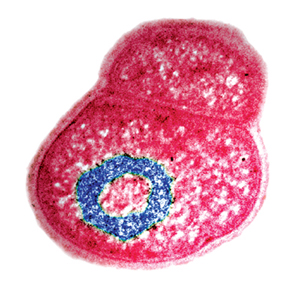 Lord of the Ring - Chemistry Weizmann Wonder Wander - News16 junho 2024
Lord of the Ring - Chemistry Weizmann Wonder Wander - News16 junho 2024
você pode gostar
-
 Dragonball Evolution (2009) directed by James Wong • Reviews, film + cast • Letterboxd16 junho 2024
Dragonball Evolution (2009) directed by James Wong • Reviews, film + cast • Letterboxd16 junho 2024 -
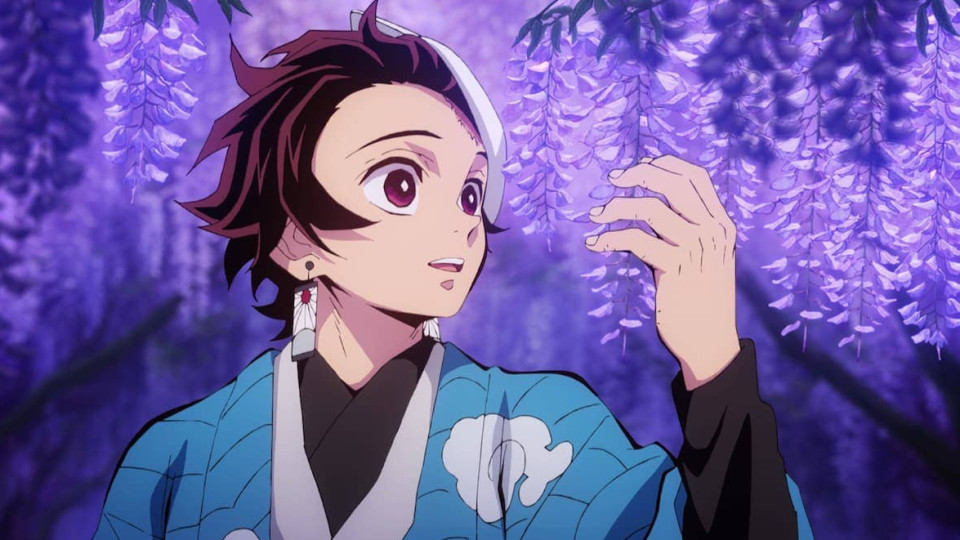 Já conhece o Crunchyroll? Os 15 'animes' que tem de ver no serviço16 junho 2024
Já conhece o Crunchyroll? Os 15 'animes' que tem de ver no serviço16 junho 2024 -
 15 temporada de naruto shippuden torrent16 junho 2024
15 temporada de naruto shippuden torrent16 junho 2024 -
 Buy Faceit ELO - Faceit Boost Service: Get a Desired Rank Quickly - AskBoosters16 junho 2024
Buy Faceit ELO - Faceit Boost Service: Get a Desired Rank Quickly - AskBoosters16 junho 2024 -
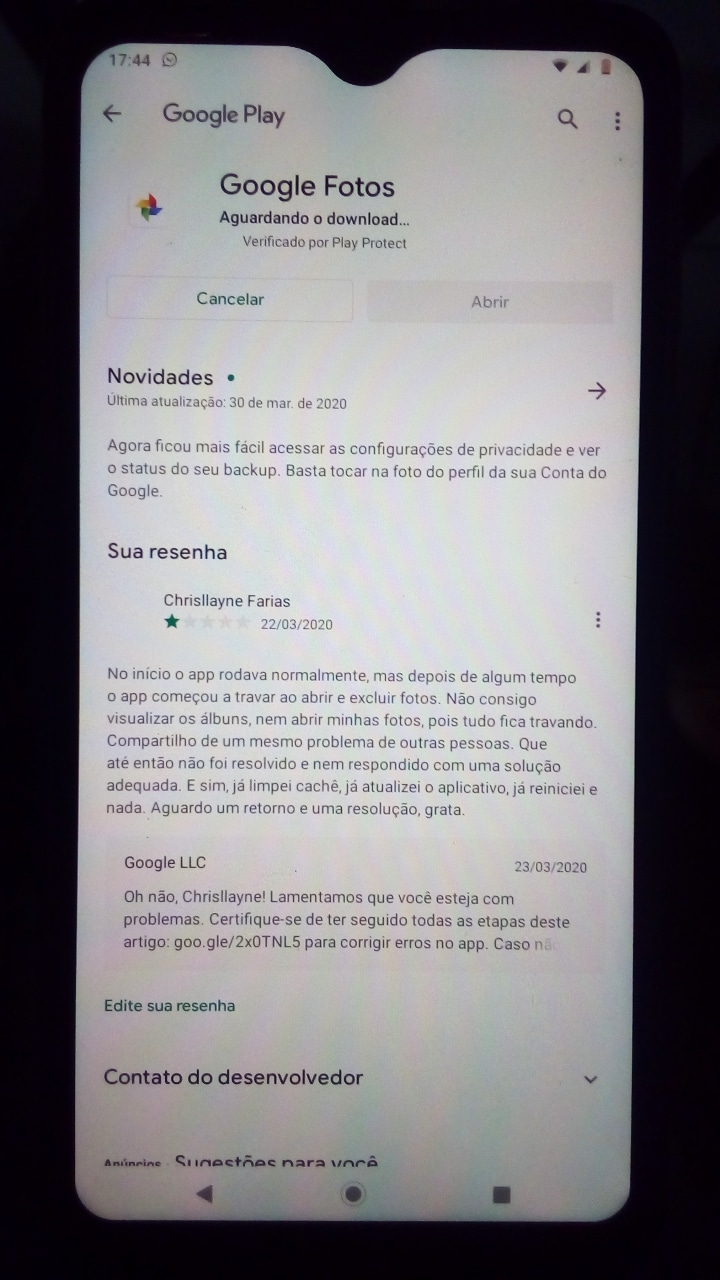 Estou enfrentando problemas com o google fotos e files16 junho 2024
Estou enfrentando problemas com o google fotos e files16 junho 2024 -
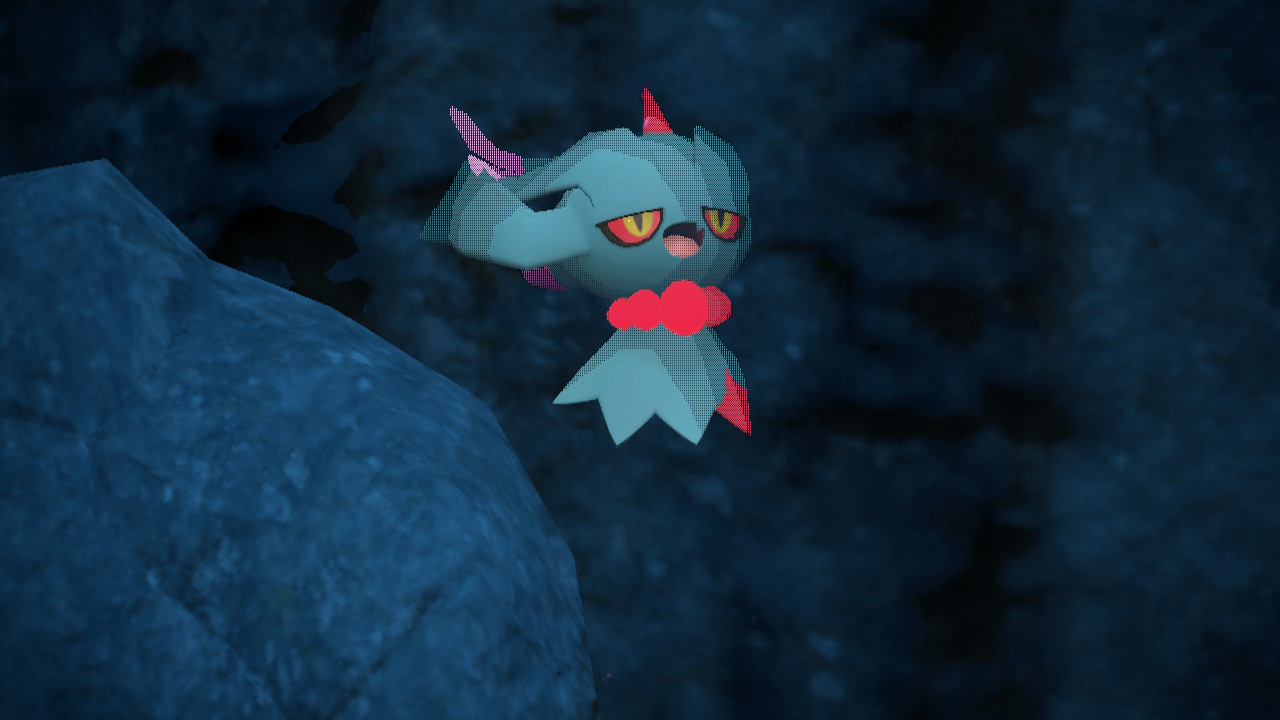 Can you breed paradox Pokémon in Scarlet & Violet?16 junho 2024
Can you breed paradox Pokémon in Scarlet & Violet?16 junho 2024 -
 A device and an app for the diagnosis and self-management of tinnitus16 junho 2024
A device and an app for the diagnosis and self-management of tinnitus16 junho 2024 -
 cohost! - a sneak peek of media embeds16 junho 2024
cohost! - a sneak peek of media embeds16 junho 2024 -
 Teste de Einstein: somente os gênios conseguem resolver16 junho 2024
Teste de Einstein: somente os gênios conseguem resolver16 junho 2024 -
 Fashionable winter clothing in store for kids. #Monalisa #Sharjah16 junho 2024
Fashionable winter clothing in store for kids. #Monalisa #Sharjah16 junho 2024
